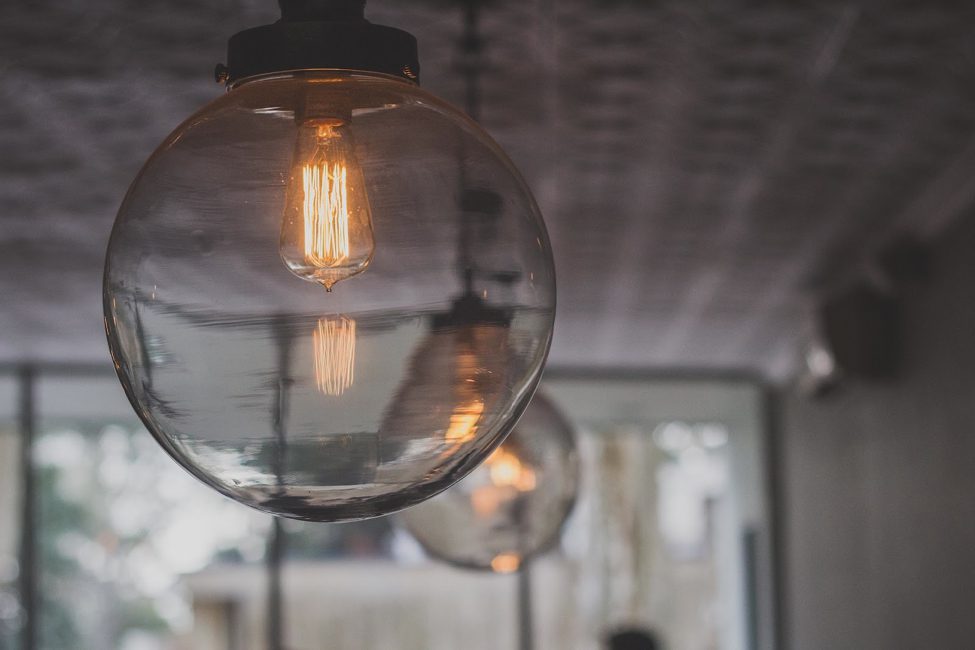Lighting is the unsung hero of interiors. It touches every surface and affects how we see our environment. With such a robust resume, it is surprising that most are unaware of the fundamentals of lighting features and keep this as the last item on their home renovation list. It can come with a higher price tag, but it is one of the most significant investments for the future. Let us outline a few items to keep in mind when deciding how to illuminate a home best.

It is first essential to understand the different primary forms.
Ambient: also referred to as “general lighting,” ambient lighting is the baseline. This primary type whose function is to set the tone for the entire room. There should be consistent lighting throughout the home, which this provides. When you hit a switch to illuminate a room, generally, that will be your ambient lighting.
Task: This style’s name is an easy reminder for its use. It adds extra light to specific areas in need, such as where cooking or reading is done. Due to their specified position, we generally use higher wattage bulbs.
Accent: this type is known as “highlighting.” It emphasizes specific interior aspects. The accent lighting could include a carefully placed art light or an outdoor spotlight to distinguish a particular tree. This category can come in the form of track or recessed lighting.
Builder’s Note: when selecting lighting, be sure to choose a dimmable bulb. With a dimmable bulb, the light does not have to stay at the same intensity constantly. This is most helpful for different times of the day.

Once the type is chosen, it is time to select the style of switch. There are numerous options, but we will discuss the most prevalent. We will also provide our expert opinion on what is most valuable and worth the investment.
Toggle: this is your traditional switch and the most common. The toggle switch is as easy to use as it is to install. There are some with more complex features, such as Bluetooth enabled, but the simplest version is the most well-known and has been around for decades.
Rocker: this option is wider than the traditional toggle. The cost and installation are similar to the basic toggle, but the look is much slimmer to the wall. The look mimics that of a teeter-totter. It is quickly becoming the most popular switch, especially with new builds.
Push-Button: Just as it sounds, this activates lighting with a push of a button. As easy as it sounds, there are a couple of varieties. When the button is pushed, it can spring back up from the internal mechanism, or some models will stay pushed down until pressed again to release it. The option that stays recessed until let go can alert the activator which mode it is in, which can be a notifier if something is wrong.
Builder’s Note: Since you chose dimmable bulbs, make sure the switch has a dimmable option to match. You cannot dim a bulb if the control does not allow for it.
Bulbs

When it is time to activate the home’s lighting, the last step is bulbs. While this does not seem complex, there are still things to keep in mind.
Embrace LED. Incandescent bulbs are a thing of the past. LED lightbulbs are not only more eco-friendly but longer-lasting. They are an investment not only for the home but the planet.
We also highly suggest sticking with warm white when deciding on luminosity. This creates a warm glow similar to natural sunlight rather than the glaring light of bright white, which is not only unflattering but very harsh on the eyes.
The last item to keep in mind when installing lighting in a new home is managing it. Though another investment, it will be more than worth it in the long run. We strongly suggest syncing the lighting technology with an audio-visual system so all lighting can be accessed from anywhere in the home and remotely. With no worry about a light left on, it creates a sense of ease.
A new home comes with many to-do’s. When prioritizing, everything feels vital, and lighting can easily slip to the bottom of the list. We hope that this helps light the way towards a bright future for you and your home during the construction process.